A well-lit beach garden creates a place for relaxing and listening to the ocean waves in the evening. But artificial lighting disrupts coastal animal behavior in perilous ways, and coastal areas often have outdoor lighting regulations because of the way light pollution can affect sensitive habitats for seabirds and sea turtles.
There are best practices for lighting beachside landscapes that protect animals from the ill effects of light pollution. Here are some tips for illuminating your garden in a wildlife-friendly way.
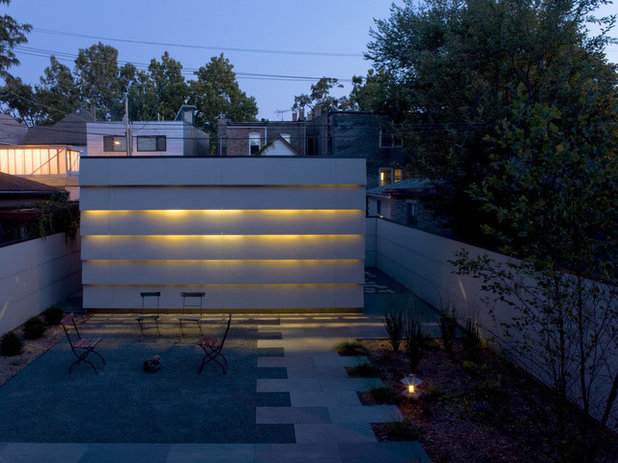
Wheeler Kearns Architects
Light selectively. Motion-sensing lights are a great way to light areas only when they are in use. It also helps to simply turn lights off when they are not needed. This includes interior home lights that may shine on the beachfront.
Light pollution from the home on the shoreline can be shielded with dense vegetation layers planted along the property line.
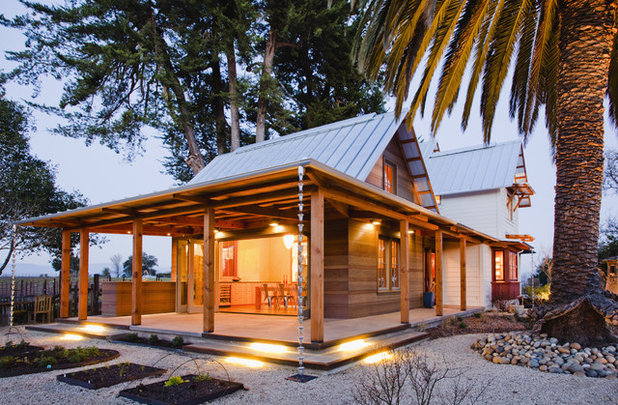
Arkin Tilt Architects
Shield lights. Low-profile lights and lights that are sunk into walls and steps work beautifully to illuminate walking areas. Flood lights and spotlights are very damaging to animal habitats, because they spread light directly into trees and out across the coastline. Avoid lighting mounted on a rooftop that shines outward.
Spotlights in particular are a common disruption for freshly hatched sea turtles on the beach. The baby turtles mistakenly crawl toward the bright artificial lights instead of the water and end up dying. Florida, for one, has policies that make it illegal to constantly shine bright lights directly on the beach for that reason. If you must use a floodlight, ensure that it’s angled no more than 90 degrees from the ground and fully shielded from casting light upward.
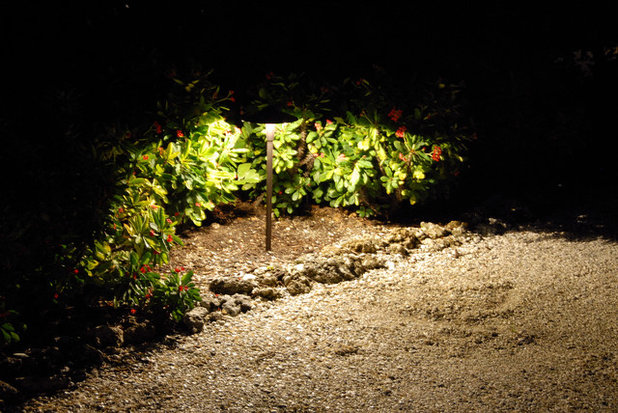
Outdoor Lighting Perspectives of Naples
Direct lights downward. All lights should point downward and be shielded so that the light does not escape upward or outward. (The goal is to have a dark sky.) Do not use lights that are directed upward into trees or onto a building facade. Instead, use small, warm lights that point downward.
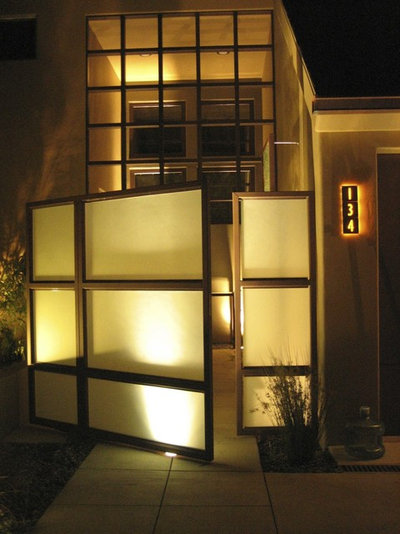
Jeffrey Gordon Smith Landscape Architecture
Make it glow. Think about lights as a way to create a cozy mood with low, subtle but radiant lighting that provides enough illumination for your garden.
Shine light on your street address with a backlit sign or with a light that points down. Custom sign makers, designers and artisans found here on Houzz can create gorgeous sculptural signs that will make your street number visible at night.
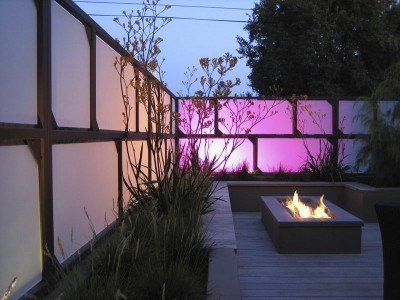
Jeffrey Gordon Smith Landscape Architecture
Use a mix of light types. Different light styles can be combined to light the garden in an elegant way. A fire pit with a diffused glowing light creates ambience. Experiment with some temporary lights first to figure out how much light your landscape really needs.
Also try switching out some high-output fixtures for low-output ones or removing extraneous lights entirely. There are also funky orb lights and fixtures that can be cleverly placed to give your evening scene a personalized touch.
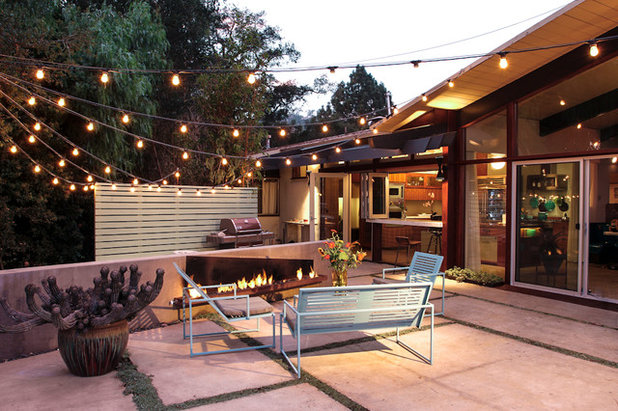
Native Son Design Studio
Consider creating separate lighting designs for everyday use and for special events. If you are hosting a beach party, try fun string lights, gas lamps or candle luminaries to create a nice atmosphere for your event.
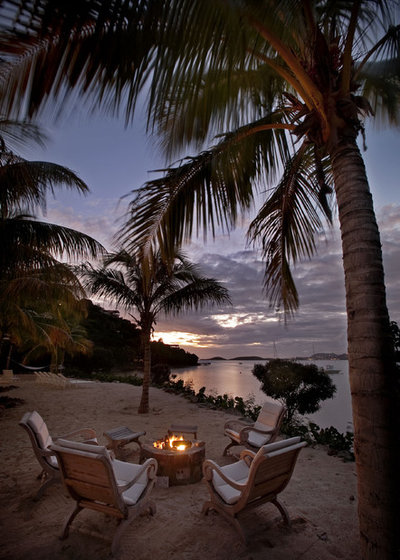
Barefoot Design Group, LLC
Light with fire. Fire pits can be cozy illuminated focal points for a dinner party or larger gathering. They are also beautiful light sources for solitary beach time or time with a friend.
Read more about ecofriendly fire pits
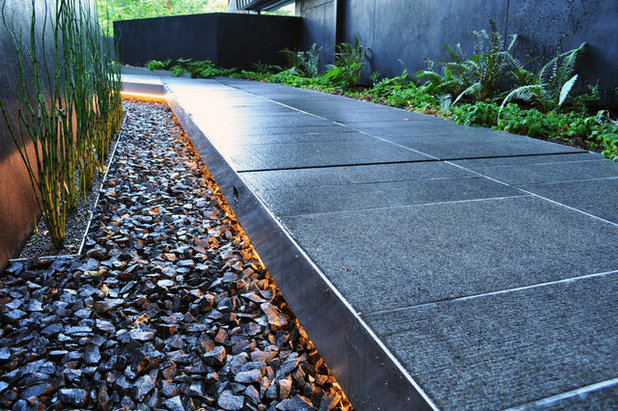
2.ink Studio | Landscape Architecture
Use new technology. LED lighting has developed rapidly in the past decade; there are now energy-efficient outdoor lights in a variety of types and hues. For instance, there are flexible LED lighting strips that can be installed along stair treads to create subtly glowing steps, or on the underside of planting beds for a magical low-light gleam.
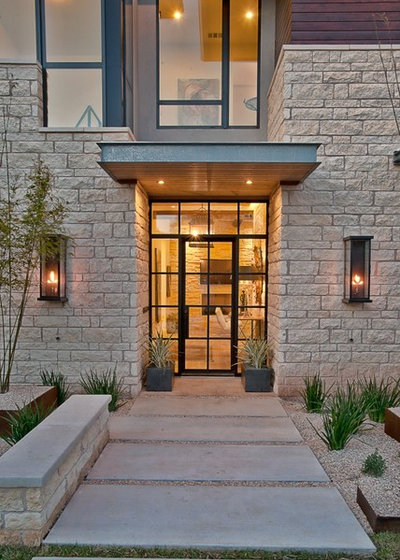
Greenbelt Construction
Source wildlife-certified lights. There are many lights available, including light products certified as wildlife-friendly by the Florida Fish and Wildlife Conservation Commission that fulfill the requirements discussed here.
See a list of certified wildlife-friendly lights
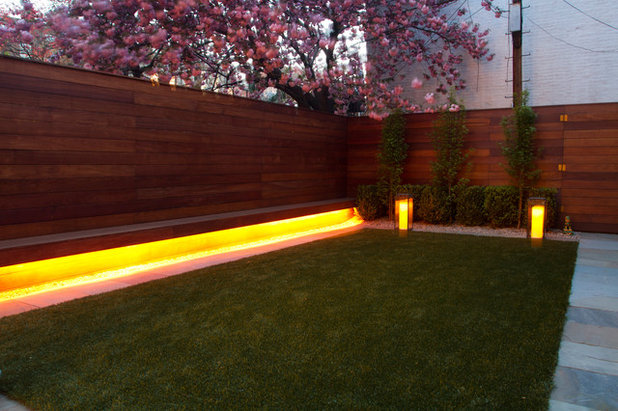
Little Miracles Designs
Use warm-toned lights. Harsh blue and bright white fluorescent lights should be avoided. Instead, use amber-colored fire light, tiki torches and lights with red and orange tones to set your landscape aglow.
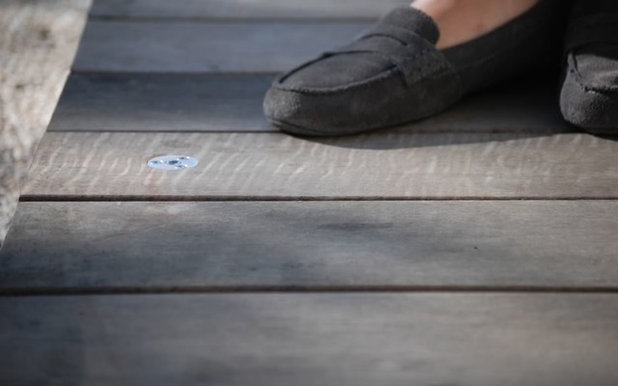
MINIMIS
1PUCK LP Recessed LED, Pure White - $125
Diminish BUG (backlight, uplight, glare). There is an industry standard rating system for lights that have low levels of light pollution. Lights that have low backlight, uplight and glare are being used for city street lights and sports fields.
A low-BUG light does not have much light that escapes to “sky glow”; it directs light both downward and forward. A dark sky is good for migratory birds, sea turtles and many other nocturnal animals.
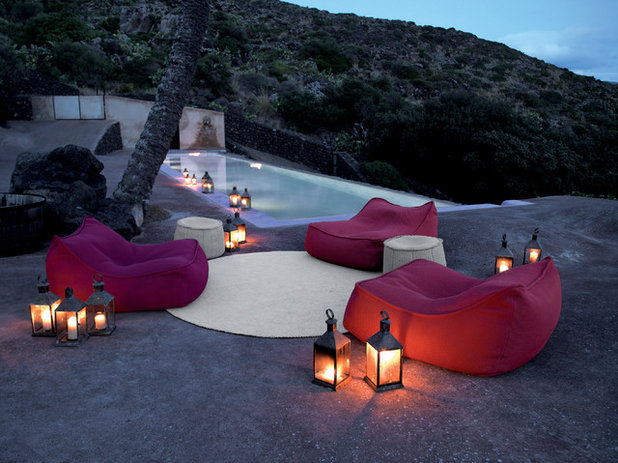
escale design
Get professional advice. Lighting designers are well versed in coastal lighting techniques that are wildlife friendly. Search for outdoor lighting designers and contractors on Houzz for permanent outdoor lights or event lighting design.





